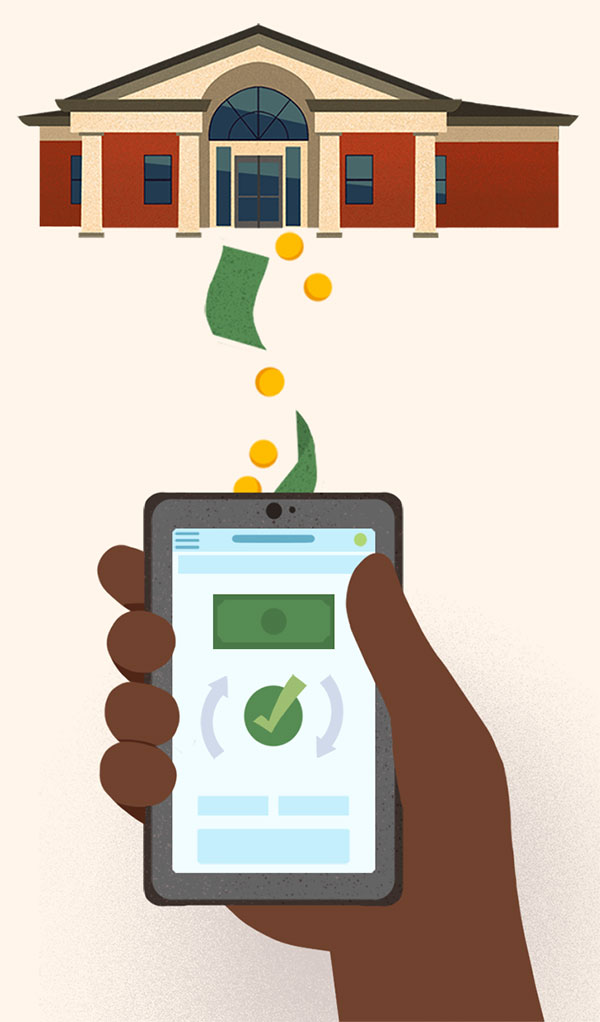Making Sense of the Federal Reserve
Electronic Forms of Payment

While the Fed does not directly provide services for smart cards and debit cards, it does provide research and development of universal standards to ensure the safety, convenience, and accessibility of these forms of payment.
Every day, billions of dollars are transferred electronically among U.S. financial institutions. The Reserve Banks provide two electronic payment services: funds transfer and the automated clearinghouse, or ACH.
The funds transfer service provides a communications link among financial institutions and government agencies. Funds transfers are usually for high-dollar amounts—they can average several million dollars or more. Funds transfers originate and are received through a sophisticated telecommunications network known as Fedwire®, which links all Reserve Banks electronically. Institutions can move their balances at the Fed or send funds to another institution through this network. Most transactions sent over Fedwire are bank-to-bank transfers of funds, made on behalf of bank customers.
The ACH provides a nationwide network to exchange paperless payments among financial institutions and government agencies. If you have a job and your paycheck is directly deposited into your checking account, it is sent through the ACH. Your paycheck is a credit transfer. Other types of credit transfers are Social Security checks and income tax refunds. Often, people arrange to have regularly occurring bills, such as the electric bill or their mortgage, paid electronically. These types of payments are debit transfers.
Meanwhile, other forms of electronic payment—like smart cards and debit cards—have become consumer staples. While the Fed does not directly provide these services, it does provide research and development of universal standards to ensure the safety, convenience, and accessibility of these forms of payment.
The Fed as a Fiscal Agent
In addition to serving as the bankers' bank, the Federal Reserve System acts as the bank for the U.S. government. Federal Reserve Banks maintain accounts for the U.S. Treasury; process government checks, postal money orders, and U.S. savings bonds; and collect federal tax deposits. When the Treasury offers new issues of marketable securities to the public, certain Reserve Banks provide information about the issues, process orders from customers, collect payments, and credit the Treasury's account for the proceeds.
The Fed and the U.S. Treasury process and deliver these services electronically.


